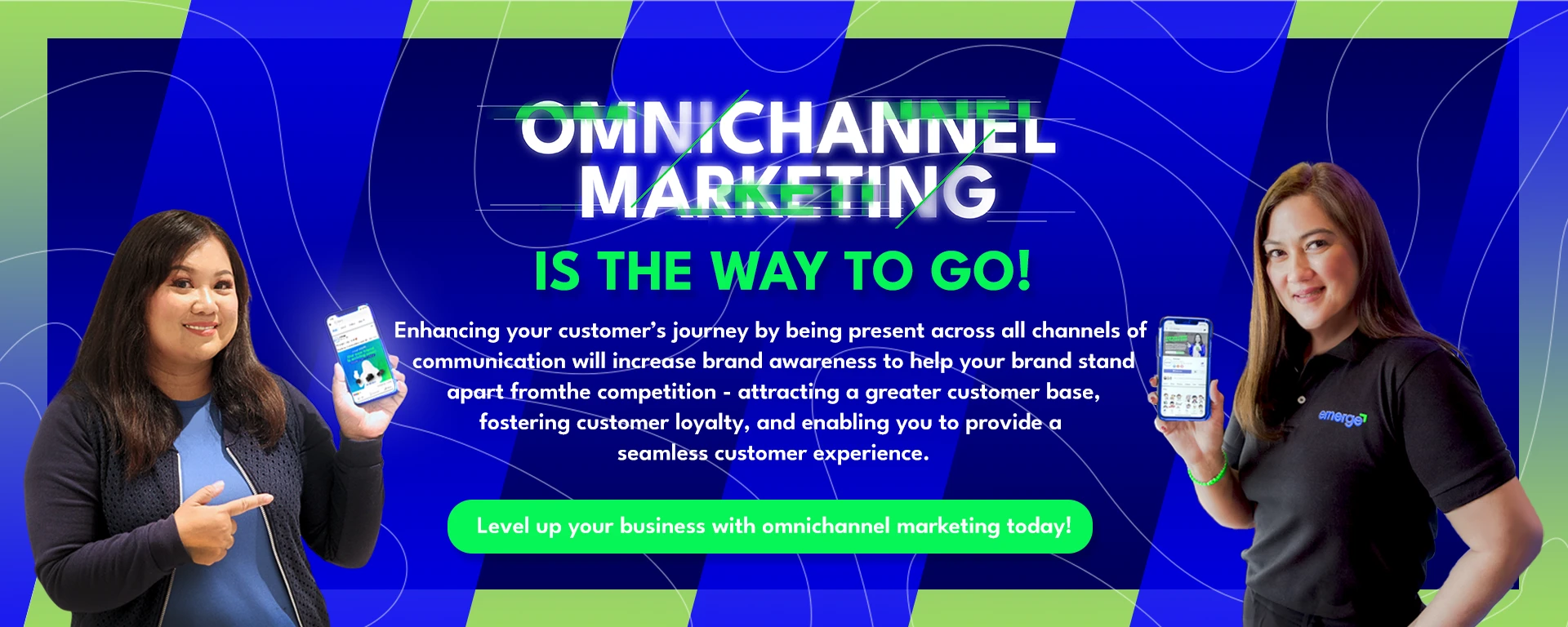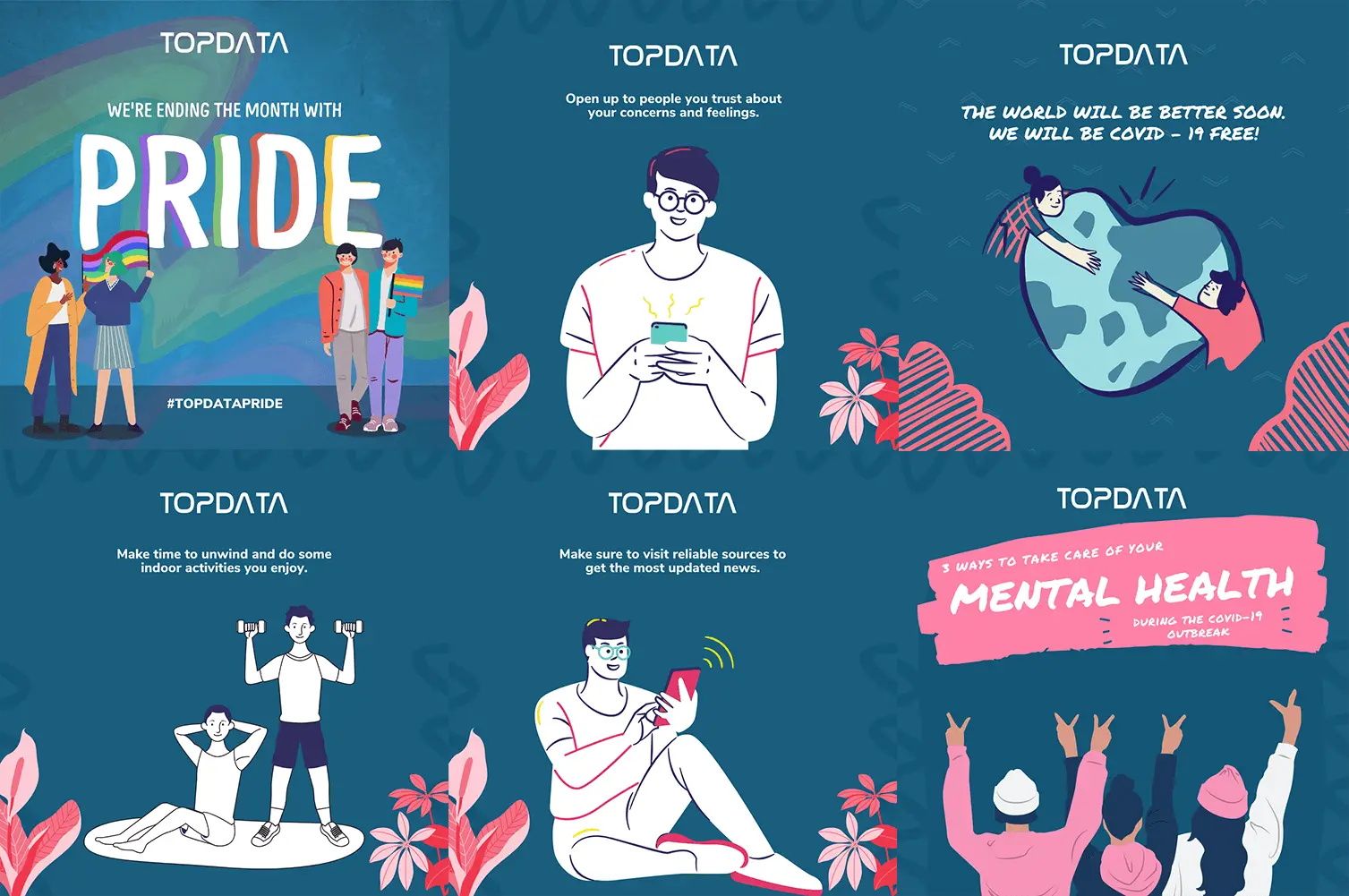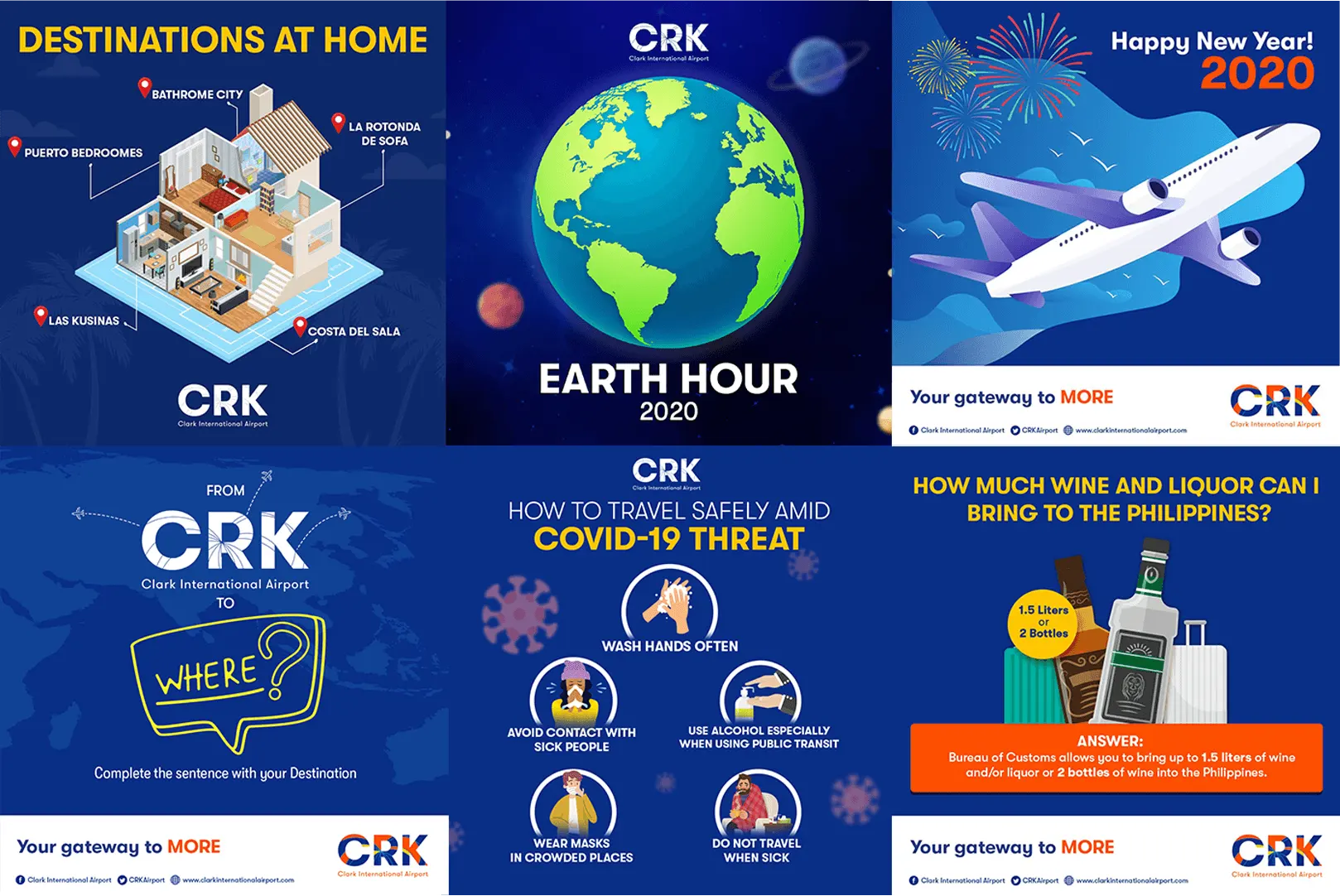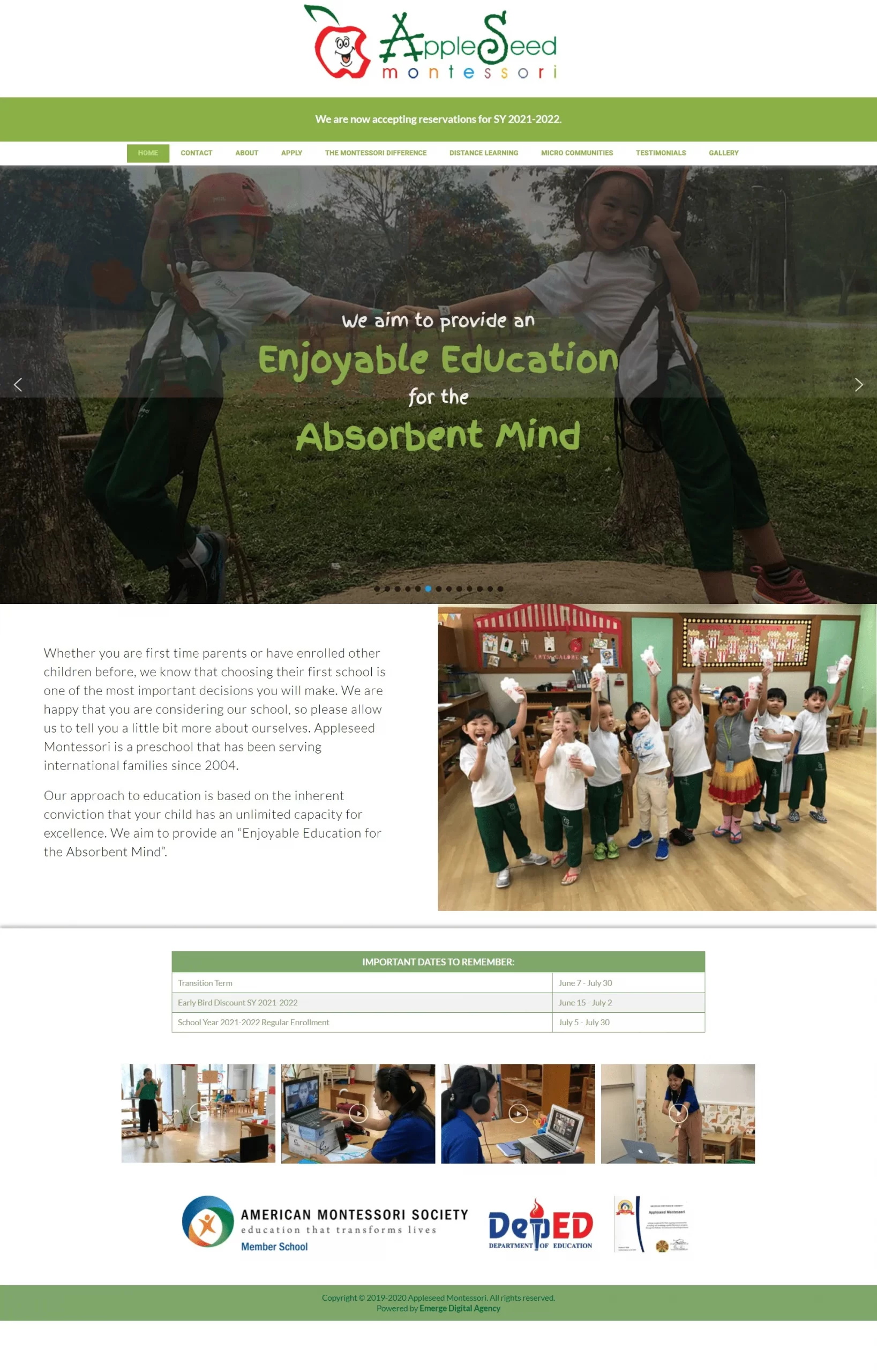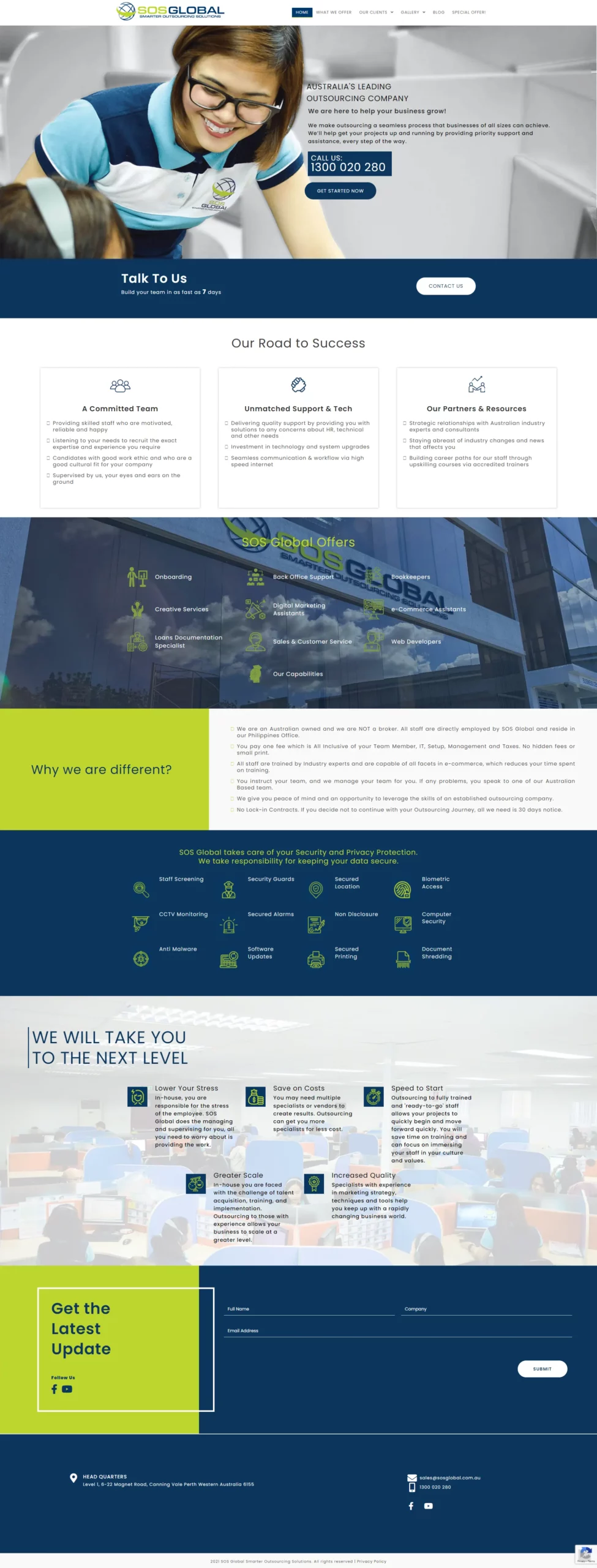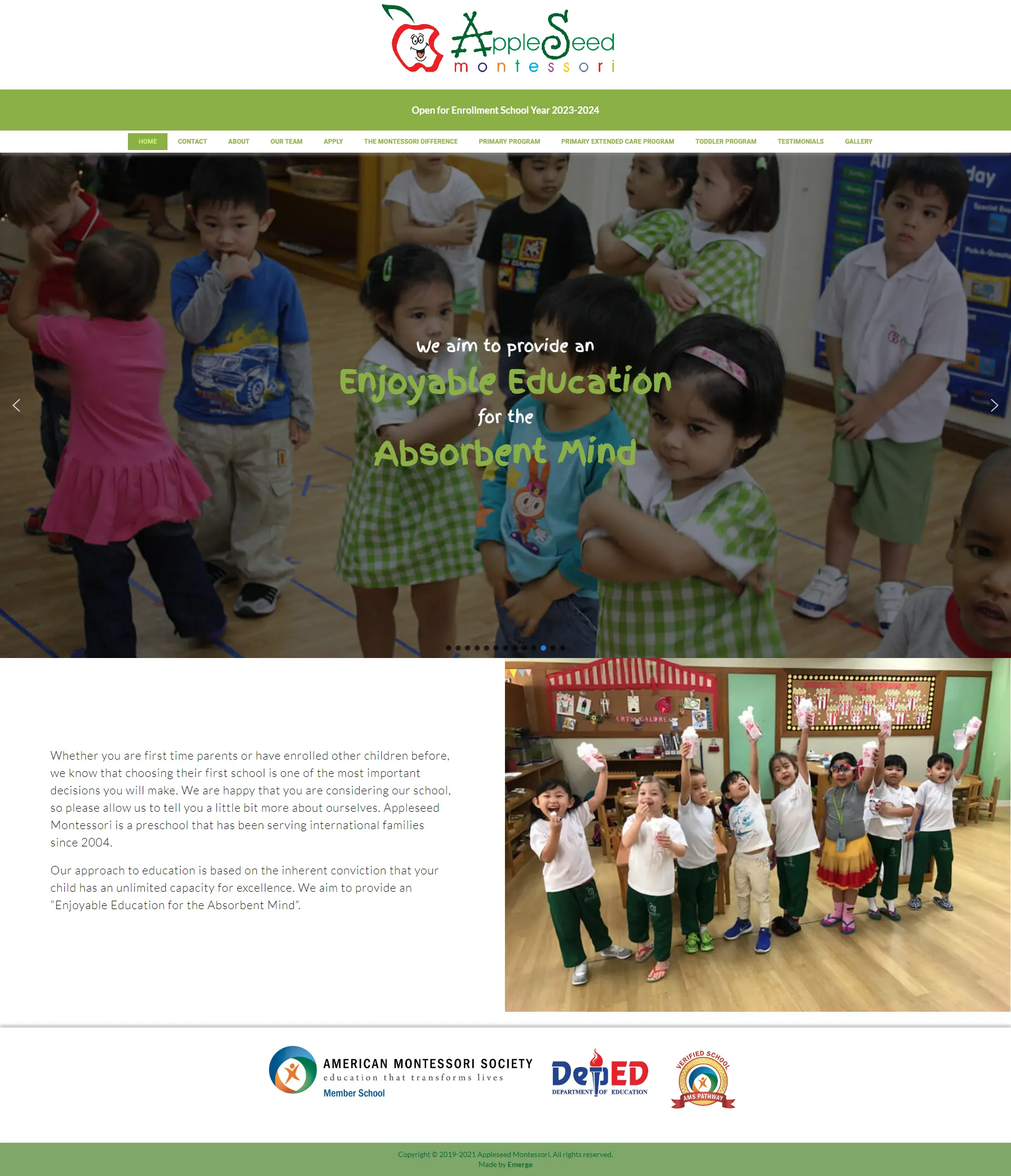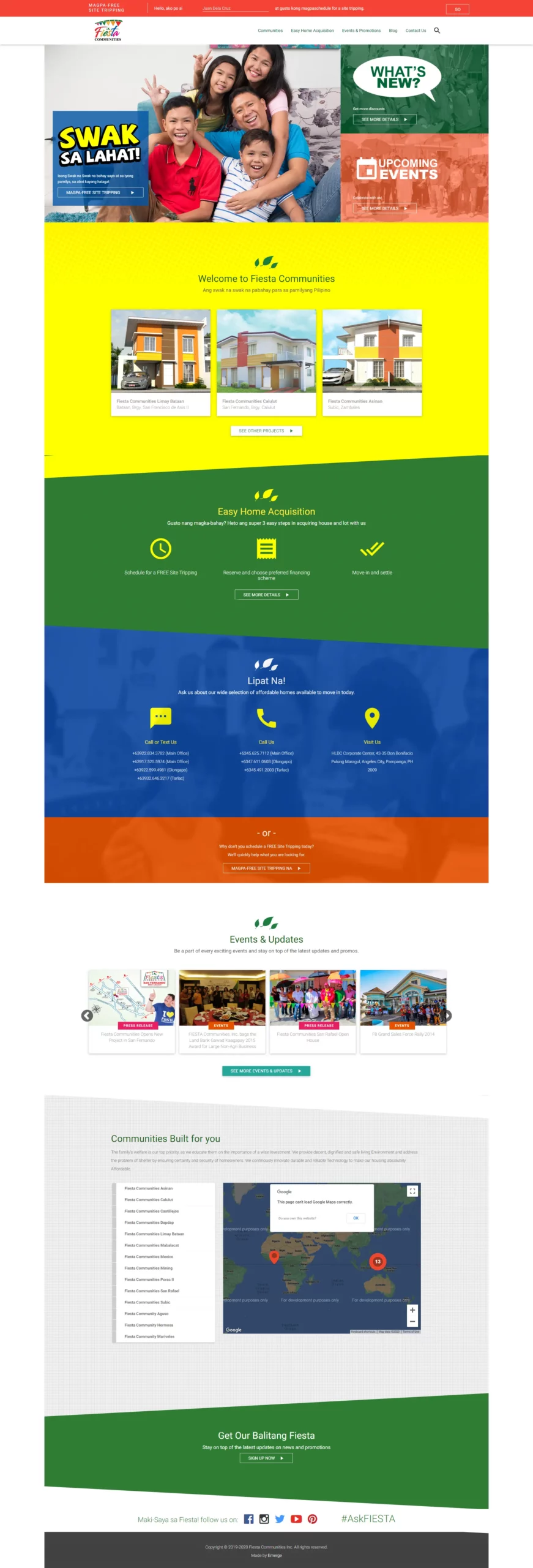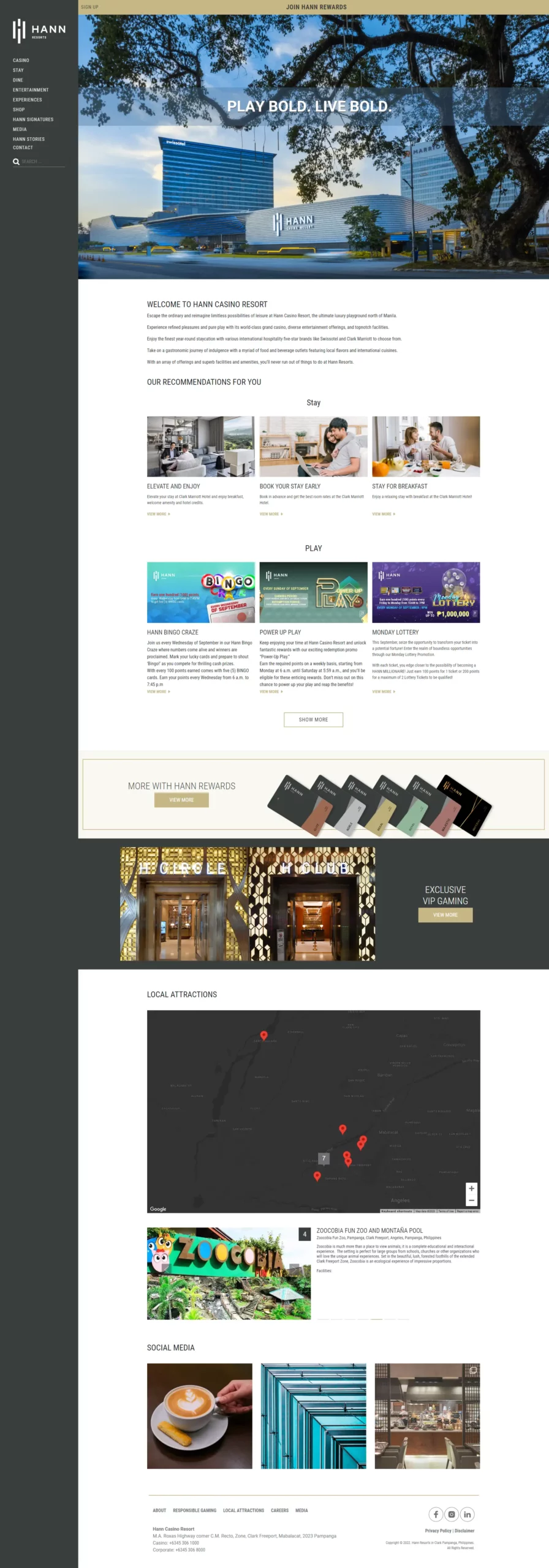Post Publishing Analytics and why you should start doing it
You’d think that the moment you post your content, the job is done there. But it’s simply not true. There’s so much more data you can extract from one post you published! From the reach, the engagement to mere clicks, you can assess how your audience received your posts. Knowing this helps you learn which posts work and which don’t work when it comes to the audience you’re reaching. In this blog, we’ll walk you through how Post Publishing Analytics could be of benefit to you so keep on reading to check if you want to try it for yourself!
Benefits Behind Post Publishing Analytics

Charts, data, analytics… I bet just thinking about it overwhelms you but believe it or not, post publishing analytics is a powerful tool. It can help content creators understand their audience better and make informed decisions about their content. It provides valuable insights into the performance of posts, such as the engagement rate, reach, and impressions. This data can then be used to optimize future posts for better results and increased ROI (return on investment). With post publishing analytics, content creators can also gain a better understanding of their audience’s preferences and interests, allowing them to create more targeted content that resonates with them. By leveraging post publishing analytics, content creators can maximize the impact of their work and ensure that they are providing valuable information to their readers.
Understanding what your audience likes and dislikes
Understanding what your audience likes and dislikes is an essential part of creating great content. It’s not enough to simply write about topics that you think are interesting; you need to understand the needs, wants and interests of your readers if you want to create content that resonates with them. The key to finding out what they like and don’t like is post publishing analytics. After all, numbers don’t lie. From the data that shows your audience’s interaction, you can tell alot whether they were fond of your postings or not.
By taking the time to research and understand what your audience likes and dislikes, you can create content that is tailored to their preferences. This will help you build a loyal following who will be more likely to engage with your content, share it with others, and come back for more in the future.
Finding the best time to post your content
Finding the best time to post your content is one of the basic strategies for making sure that your content reaches the right audience. It can be a time-consuming task, but with the help of analytical tools, you can easily find out when is the best time to post your content. With tools that analyze past data and user behavior to determine when is the most optimal time for posting content and taking into account other factors such as user engagement and demographics, you can easily determine which times are best for posting your content and maximize its reach. Ultimately, you’d reach your audience target audience easily.
Identify which platform helps you shine more
As the digital world continues to expand, it is becoming increasingly important to identify which platform will help you shine more. With so many different online platforms available today, it can be difficult to determine which one is best for your needs. However, by understanding the features and benefits of each platform, you can identify which one will help you grow. With the right strategy coupled with the right analytical tools, you can find the ideal platform that will help you reach your goals and make a name for yourself in your industry. Post publishing analytics can be done in various platforms and with the right comparative analysis, you can check which platform suits and complements your brand better.
Enumerates what type of content works for you
Content marketing is a powerful tool for businesses to reach their target audience and build relationships with them. But it’s not enough to just create content; it’s important to know what type of content works best for your business. So it’s important to take note of the different types of content that you can use, as well as the benefits they offer and check which not only suits your brand best. It’s as important to check how well the different types perform after publishing. You can measure the success of your content and determine which type works best for you with post publishing analytics. Check the numbers, see which has better engagements, try it again and check the pattern that helps lead you to growth. Does informative content work better for your brand? Or are you more fitted for a hard-sell approach? By understanding what type of content works best for your business, you will be able to create more effective campaigns and get better results from your efforts.
Important Facebook Analytics Metrics

So we’ve talked about the benefits of Post Publishing Analytics, but how exactly do we achieve them? Let’s talk about three of the most important metrics under Facebook analytics to give you a better understanding!
Audience Insights
Audience insights can provide valuable information about the demographics, interests, and behaviors of your target audience. This data can help you tailor your content strategy to better reach and engage with them. Additionally, audience insights can also provide insight into how people interact with your brand online and what types of content they prefer. By leveraging this data, you can create more personalized experiences for your customers, which will help build loyalty and trust in your brand. Audience insights are essential to understanding the needs of your target audience and you can use this knowledge to create content that resonates with them and drives conversions.
Published Content Analytics
From mere text posts to uploaded videos, photos, stories and even ads, they all have analytics and you can access them through multiple platforms. By using Published Content Analytics, you can understand how your audience is responding to content and make changes accordingly. This allows you to optimize their content in order to get more engagement and reach more people with their message. With this data-driven approach, you can ensure that their published content is as effective as possible. It also helps you to identify areas for improvement to create better content in the future.
Ads analytics
Lastly, Ads analytics is a tool every business should use if they want to stay competitive in the digital age. It is a powerful way to measure the performance of advertising campaigns, providing insights into which ads are most effective and how the target audience responds to them. Ads analytics can also help businesses identify areas where they can improve their campaigns and optimize their ad spend. With this data, companies can make more informed decisions about their marketing strategies and maximize ROI for their ads.
Post Publishing Analytic Tools to Try

It might be overwhelming to start, so let us make it easier for you. We’ve enumerated some of the well-acclaimed analytical tools you can use. Start with the tools below and read away!
Facebook Insights
Facebook Insights allows users to track page performance, including likes, comments, shares, reach and engagement. It also provides demographic information about your audience, such as age, gender, location and language. With this data at hand, marketers can optimize their campaigns for specific audiences and measure the success of their efforts in real time. Thanks to these features, Facebook Insights is one of the powerful tools that provide marketers with valuable insights into the performance of their campaigns on the social media platform. It can help marketers understand their audience better and optimize their campaigns accordingly.
Meta Business Suite
Meta Business Suite is a comprehensive business solution for modern organizations. With Meta Business Suite, companies can streamline their operations and optimize their processes to get the most out of their resources. The suite includes features such as project management, customer relationship management (CRM), financial management, analytics, document management, and more. It provides businesses with a powerful platform for managing all aspects of their operations in one place. Thanks to its integrated suite of tools and services, businesses can use it to maximize their efficiency, productivity, and profitability.
Hootsuite
Hootsuite, on the other hand, is a social media management platform that allows you to monitor, manage, and engage with their social media accounts from one place. It provides an easy-to-use dashboard to help businesses and individuals post content, track analytics, and measure the performance of their campaigns across multiple social networks, including Facebook, Twitter, Instagram, LinkedIn and more. Hootsuite also offers a suite of tools to automate scheduling tasks, such as publishing posts across multiple platforms at once and tracking conversations in real time. With its powerful analytics capabilities, Hootsuite helps users make data-driven decisions about their social media strategies.
Conclusion

As much as research is a proven method that helps us observe, understand and make informed, data-driven decisions. Post publishing analytics isn’t any different from it. Simply put, it’s best to trust in the numbers and data you’ve collated and use it to make decisions that would benefit your business. That’s way better compared to just posting what you feel like posting. An effective campaign still necessitates strategizing and with that, post publishing analytics shouldn’t be set aside. In fact, it’s a crucial step.
If you’re in need of assistance for post publishing analytics, Emerge Insights is always ready to help! Click here to be one step closer to being digital-first ready: https://digital.emergelocal.com/get-proposal/
